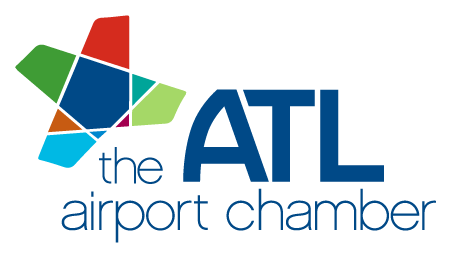Top 7 Takeaways from the Administration’s Latest Budget for International Affairs
March 10, 2023
#1 The Topline: As Global Instability Threatens American Interests, A Smart and Strategic Proposal for Development and Diplomacy
- With global instability continuing to find its way to America’s shores, the Administration’s budget request calls for strengthened resources to “renew and revitalize U.S. leadership in the world, tackle global challenges, and ensure our foreign policy delivers for the American people.”
- The request for the next fiscal year (FY24) includes $70.6 billion in what is known as “discretionary non-emergency” funding for the International Affairs Budget, which is 14% above the current level. Similar to last year, the Administration recognizes the rising threats and proposes funding increases across a wide range of programs and accounts, from humanitarian assistance to climate change to global health.
- Read the USGLC’s full statement on the proposal here.
#2 China: Strong Plan on Outcompeting Beijing
- As China’s development spending and financing has increased by 270% over the last decade (of available data), the Administration’s proposal speaks out on how China is America’s “only competitor with the intent and the means to reshape the international order” and states that this is the “most consequential geopolitical challenge of our era.”
- Above and beyond its increases to counter China’s global influence in its core funding proposal, the Administration is also requesting a total of $13.1 billion in what is known as “mandatory spending” for international affairs to strengthen America’s ability to compete with Beijing.
- This innovative proposal is a clear recognition that when it comes to America’s strategy on China, development and diplomacy programs are a powerful and must-use tool. While there is strong bipartisan support in Congress for strengthening America’s global competitiveness – including leveraging U.S. diplomacy and development tools – expect Members to debate this “mandatory” spending proposal.
#3 Russia: Strengthening Democratic Resilience Against Rising Authoritarianism
- As Russia’s war on Ukraine enters its second year, the Administration’s request includes a 110% increase in funding for Assistance to Europe, Eurasia, and Central Asia – nearly half of which is specifically designated for Ukraine. This includes resources to strengthen energy security, combat disinformation, facilitate trade, bolster anti-corruption efforts, and enhance investment transparency and accountability.
- This proposed boost in core funding is particularly important given recent statements from the Administration that it will not seek new emergency resources for Ukraine the current fiscal year.
#4 Humanitarian Assistance: Responding to Historic Needs
- As humanitarian crises reach historic heights – with a staggering 339 million people in need of assistance in 2023, a 25% increase from last year – the Administration’s budget proposes a 22% overall increase for humanitarian aid.
- This proposal comes as core funding for humanitarian assistance has remained relatively flat in recent years, with critical increases being dependent on the passage of emergency supplementals. Moving forward, Congress and humanitarian leaders will certainly be tracking whether the regular budget is reflecting the true scope and scale of enduring and rising global humanitarian needs.
#5 Global Health: Sustained Funding to Reinforce U.S. Leadership
- As America and the world mark 20 years of PEPFAR – America’s signature global HIV/AIDS program – the Administration’s proposal aims to build on America’s legacy of leadership in advancing global health and recognizes that “significant work remains.”
- The Administration’s request continues solid funding for overall global health programs with a 3% boost. New resources are focused on bolstering global health security and pandemic preparedness, as well as strengthening the global health workforce through a new presidential initiative.
- Additionally, the request provides funding for a new global health bureau at the State Department – a proposal that, to date, has been met with significant questions on Capitol Hill.
#6 Strategic Priorities: Targeted Resources for Key Areas of Focus
- FOOD SECURITY: The proposal increases resources for agriculture and food security by 18%, including to support Feed the Future’s ongoing expansion and a new initiative to build more sustainable food systems by improving soil health and developing more resilient crops.
- CLIMATE CHANGE: The request roughly doubles funding for international climate change programs, in line with the Administration’s commitment to provide over $11 billion in climate finance annually to help developing countries adapt to the impacts of climate change.
- WOMEN AND GIRLS: The request proposes the largest-ever investment in programs that advance gender equality and empowerment of women and girls – a total of $3.1 billion across all accounts. This includes increased funding to combat gender-based violence, strengthen women’s participation in peace and security, and empower women economically.
#7 Global Workforce: New Investments to Strengthen Personnel, Diversity, and Capacity
- Reflecting its call to “continue to invest in our workforce and modernize American diplomacy to meet the tests of the 21st century,” the Administration requested increased funding for the State Department and USAID accounts that fund personnel and the U.S. diplomatic presence around the world by 10% and 9%, respectively.
- These proposed increases would support new Foreign Service and Civil Service positions and sustain investments in initiatives that promote diversity, equity, and inclusion, strengthen cybersecurity, and improve and modernize technology and communications.
Information courtesy of the Liz Schrayer, US Global Leadership Coalition

